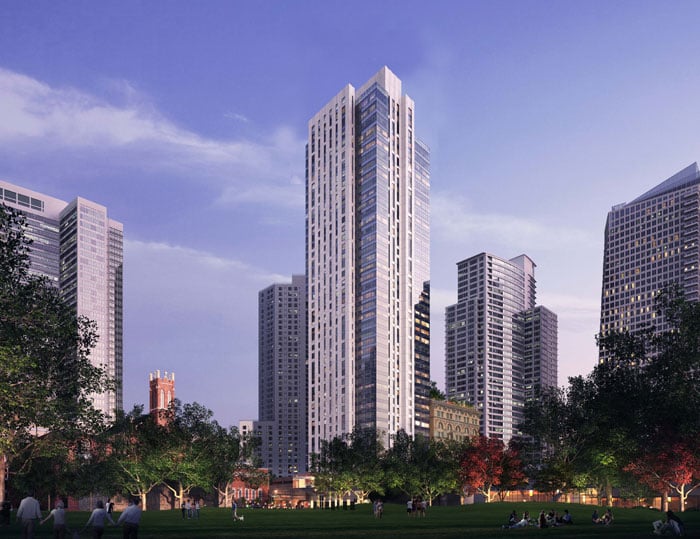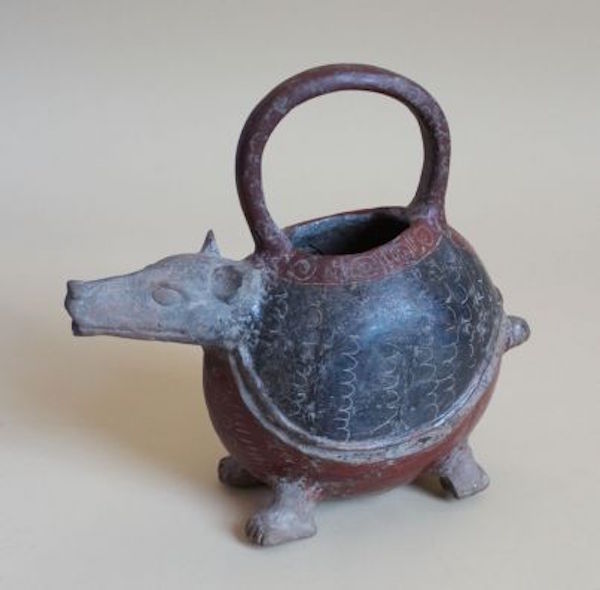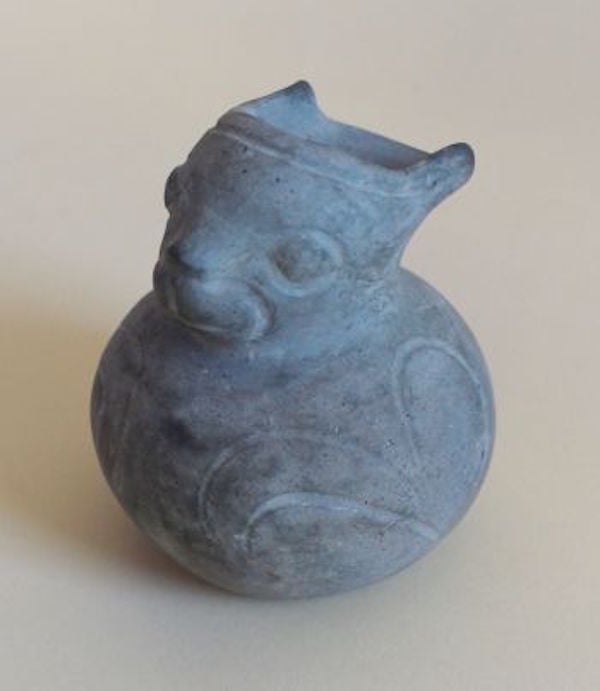Art World
San Francisco’s Mexican Museum Strikes Back After Reports That 96% of Its Artifacts Are Fake
The institution now says at least 85 archaeological works are "masterpiece" quality.

The institution now says at least 85 archaeological works are "masterpiece" quality.

Eileen Kinsella

Last week, San Francisco’s Mexican Museum made national headlines for an unenviable reason: Researchers reported that 96 percent of the artifacts in its collection might be inauthentic. Now, the museum is doing damage control. At a press conference in San Francisco last week (July 13), museum administrators sought to set the record straight—and accused reporters of willfully misinterpreting the study’s findings.
In a statement provided to artnet News on Friday, the museum said, “We are excited to report that the Mexican Museum has at least 85 archaeological pieces of the highest quality, more than what was expected based on the preliminary assessment.” Further, “thanks to an upcoming donation on the part of an Alameda, CA private collector, the museum collection [of artifacts] will grow to 170 pieces of superb quality.” (Preliminary reports stated that slightly fewer—83 of 2,000 artifacts—were confirmed to be authentic and of museum quality.)
At the press conference, according to a report from a local CBS station, the author of the original study, Dr. Eduardo Pérez De Heredia Puente, clarified that the rest of the 2,000 pieces are still under examination. They may turn out to be fake, but they may also to turn out to be real.

A painted ceramic armadillo pitcher from Central Mexico (900–2500 CE) in the Mexican Museum’s permanent collection. Courtesy Mexican Museum, San Francisco.
Museum board chairman Andrew Kluger told CBS that local newspaper reports on the study, which he considers “a misinterpretation,” “spread like wildfire.” He added: “The initial interpretation is that these individuals didn’t read the full report.”
The museum also emphasized that the initial findings represent only “an initial phase” of study, and that it plans to examine its entire collection of 17,000 objects, including works of Colonial art and Modern and contemporary Mexican and Chicano art, whose authenticity is more certain. The museum offered no timeline for the completion of the full study.

An artifact from Oaxaca in the Mexican Museum’s permanent collection. Courtesy Mexican Museum, San Francisco
The report was undertaken as a requirement of the Smithsonian Institution, which accepted the Mexican Museum as an affiliate in 2012. In 2019, the museum is moving from a temporary site in Fort Mason to a permanent home in a tower under construction near SFMOMA.
artnet News reached out to the museum for comment last week but did not receive a response until a Twitter notification about the press conference. Prior to that, we reached out to the National Institute of Anthropology and History in an effort to contact Dr. Perez De Heredia Puente and obtain a copy of the report. The institute directed our inquiry to the Office of the Ministry of Culture in Mexico, which did not respond to emails.
It remains unclear just what will happen to works whose authenticity cannot be determined. In a statement, the museum said that objects that have been downgraded to “decorative” status may be used for workshops and hands-on study, or reworked into future installations. The museum also plans to send some of these works to schools or smaller museums ahead of its move.
“Going from a museum with a local impact to one that seeks to project itself onto the international stage is an arduous task,” the museum notes in a statement. “The first step that is being taken is a serious and in-depth evaluation of what has been collected to date.”